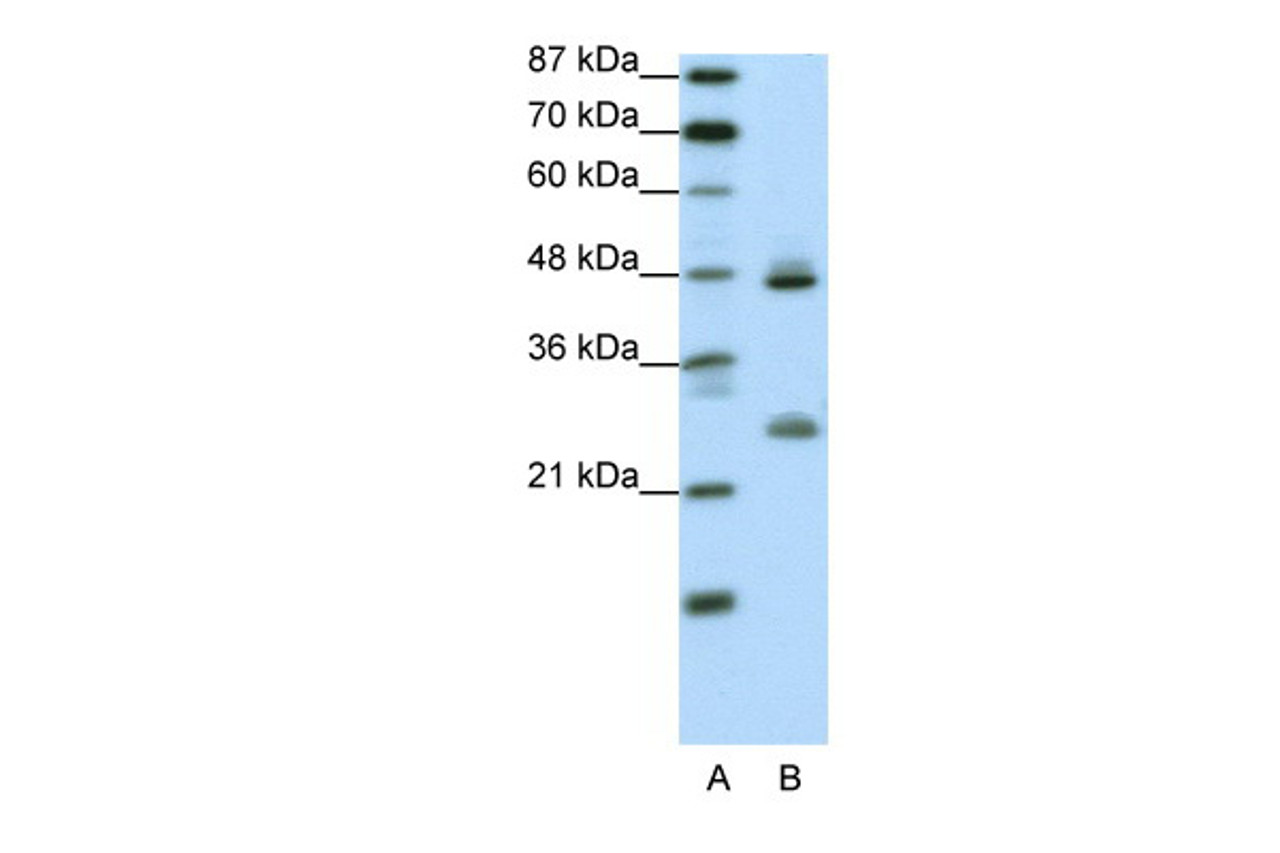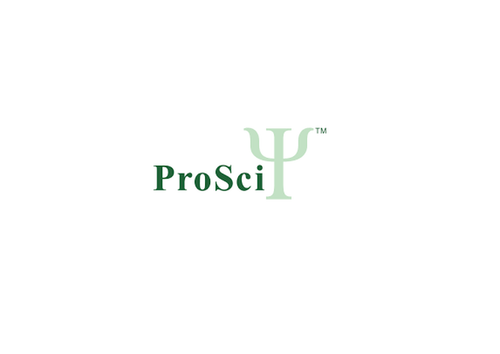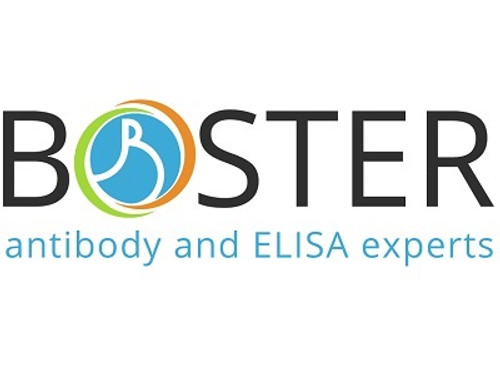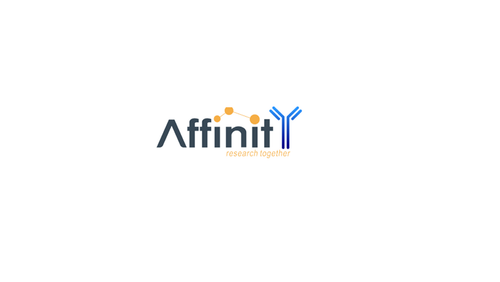Product Description
KLF6 Antibody | 28-323 | ProSci
Host: Rabbit
Reactivity: Human
Homology: N/A
Immunogen: Antibody produced in rabbits immunized with a synthetic peptide corresponding a region of human KLF6.
Research Area: Transcription, Cancer
Tested Application: E, WB
Application: KLF6 antibody can be used for detection of KLF6 by ELISA at 1:312500. KLF6 antibody can be used for detection of KLF6 by western blot at 0.25 μg/mL, and HRP conjugated secondary antibody should be diluted 1:50, 000 - 100, 000.
Specificiy: N/A
Positive Control 1: Tranfected 293T Cell Lysate
Positive Control 2: N/A
Positive Control 3: N/A
Positive Control 4: N/A
Positive Control 5: N/A
Positive Control 6: N/A
Molecular Weight: 32 kDa, 32 kDa
Validation: N/A
Isoform: N/A
Purification: Antibody is purified by peptide affinity chromatography method.
Clonality: Polyclonal
Clone: N/A
Isotype: N/A
Conjugate: Unconjugated
Physical State: Liquid
Buffer: Purified antibody supplied in 1x PBS buffer with 0.09% (w/v) sodium azide and 2% sucrose.
Concentration: batch dependent
Storage Condition: For short periods of storage (days) store at 4˚C. For longer periods of storage, store KLF6 antibody at -20˚C. As with any antibody avoid repeat freeze-thaw cycles.
Alternate Name: KLF6, GBF, ZF9, BCD1, CBA1, CPBP, PAC1, ST12, COPEB
User Note: Optimal dilutions for each application to be determined by the researcher.
BACKGROUND: KLF6 is a nuclear protein that has three zinc fingers at the end of its C-terminal domain, a serine/threonine-rich central region, and an acidic domain lying within the N-terminal region. The zinc fingers of this protein are responsible for the specific DNA binding with the guanine-rich core promoter elements. The central region might be involved in activation or posttranslational regulatory pathways, and the acidic N-terminal domain might play an important role in the process of transcriptional activation. It is capable of activating transcription approximately 4-fold either on homologous or heterologous promoters. KLF6 may participate in the regulation and/or maintenance of the basal expression of pregnancy-specific glycoprotein genes and possibly other TATA box-less genes.This gene encodes a nuclear protein that has three zinc fingers at the end of its C-terminal domain, a serine/threonine-rich central region, and an acidic domain lying within the N-terminal region. The zinc fingers of this protein are responsible for the specific DNA binding with the guanine-rich core promoter elements. The central region might be involved in activation or posttranslational regulatory pathways, and the acidic N-terminal domain might play an important role in the process of transcriptional activation. It is capable of activating transcription approximately 4-fold either on homologous or heterologous promoters. The DNA binding and transcriptional activity of this protein, in conjunction with its expression pattern, suggests that this protein may participate in the regulation and/or maintenance of the basal expression of pregnancy-specific glycoprotein genes and possibly other TATA box-less genes. Two transcript variants encoding the same protein have been found for this gene.
 Euro
Euro
 USD
USD
 British Pound
British Pound
 NULL
NULL










